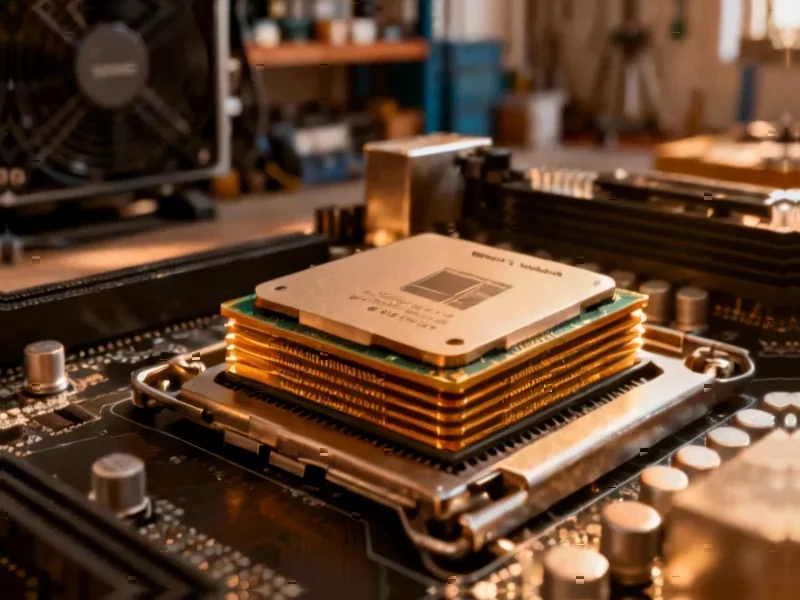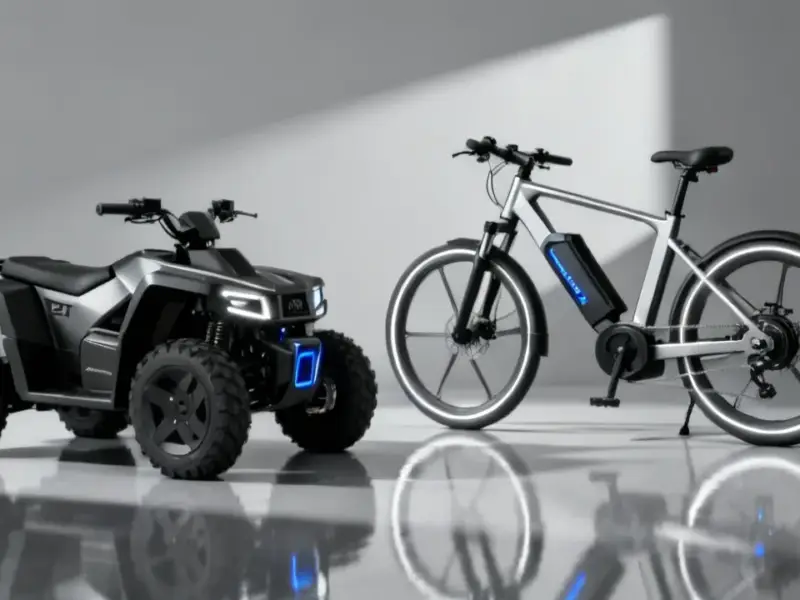According to engineerlive.com, Littelfuse has launched the CPC1601M, a 60V, 2A normally open solid-state latching relay designed specifically for smart HVAC and building automation systems. The relay combines load-powered operation with latching architecture in a tiny 3x3mm DFN package, harvesting operating power directly from the load itself. It draws less than 1 μA from system supply, enabling true zero-power operation that could eliminate batteries entirely in many applications. Dr Hugo Guzman, product marketing manager at Littelfuse, says this gives designers “a powerful new tool” for space-constrained and energy-sensitive applications. For smart thermostats, the relay eliminates the need for a common wire, solving a major installation headache in older buildings. The solid-state design also removes clicking sounds and moving parts, making it both silent and more durable than mechanical alternatives.
Why this matters
Here’s the thing about smart thermostats and building controls – power management has always been the Achilles’ heel. Either you need batteries that eventually die, or you need that pesky common wire that many older buildings simply don’t have. This relay basically says “screw that” to both problems. It’s harvesting enough power from the load itself to keep itself running, which is pretty clever when you think about it. How many devices have we seen that can truly operate without drawing meaningful power from anywhere? Not many.
Competitive landscape
This puts Littelfuse in a pretty interesting position against traditional relay manufacturers and even semiconductor companies playing in the power management space. Mechanical relay makers should be sweating – this thing is smaller, silent, and doesn’t wear out. But the real competition might come from other solid-state relay manufacturers who’ll now need to play catch-up on the load-powered innovation. I’m curious how long it will take for companies like TE Connectivity or Omron to respond with similar offerings. The building automation market is massive, and everyone wants a piece of the energy efficiency pie.
Real-world impact
Look, the elimination of the common wire requirement is huge. Anyone who’s tried to install a smart thermostat in an older home knows the frustration of discovering there’s no C-wire. This either means calling an electrician for an expensive retrofit or dealing with battery-powered operation that inevitably fails at the worst possible moment. Now imagine being able to install smart controls in commercial buildings without worrying about battery replacement costs or complex wiring. Fire alarm panels, access control systems, utility meters – all of these become simpler and more reliable. Basically, we’re talking about removing one of the biggest barriers to smart building adoption.
The bigger picture
This feels like part of a broader trend toward energy harvesting in electronics. We’re seeing more devices that can power themselves from ambient sources – light, vibration, temperature differences, and now apparently from the very loads they’re controlling. It’s smart engineering that could have ripple effects beyond just HVAC. Think about IoT devices in general – if they can harvest power from their environment or operation, battery life becomes less of a constraint. That opens up new possibilities for placement and maintenance. The question is whether this technology can scale to higher power applications or if it remains limited to low-power control circuits. Either way, it’s a step toward truly maintenance-free electronics.




